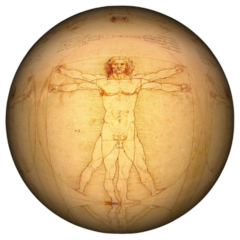What is Enuma Elish?
It is an ancient Mesopotamia myth of the Universe Creation, an early Big bang theory and a form of propaganda.
Enuma Elish begins with the conflict between Apsu and Tiamat, representing chaos. Marduk’s victory and the subsequent organization of the universe signify the triumph of order over chaos. This reflects the Babylonian belief in the necessity of divine order to maintain cosmic stability.
Marduk’s rise to supremacy and the gods’ recognition of his authority highlights the Babylonian emphasis on a hierarchical divine structure. This mirrors the political and social structure of Babylon, emphasizing the importance of a central authority figure, like a king, to maintain order.
The act of creation in Enuma Elish emphasizes a purposeful and intentional universe. Marduk’s actions not only establish order but also underscore the idea that the gods have a specific plan for the cosmos, aligning with the notion of a purposeful existence.
Enuma Elish serves to legitimize the supremacy of Marduk and the importance of Babylon as a religious and political center. This reflects a political philosophy wherein the ruling authority is divinely sanctioned, reinforcing the legitimacy of Babylonian rulers.
Enuma Elish contributes to the cultural identity of the Babylonians by narrating the origins of the world in a way that aligns with their religious beliefs. It reinforces the idea that Babylon is at the center of the divine plan, providing a sense of purpose and significance to the Babylonian people.

